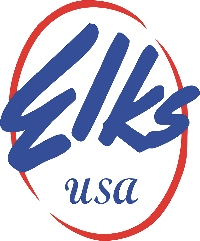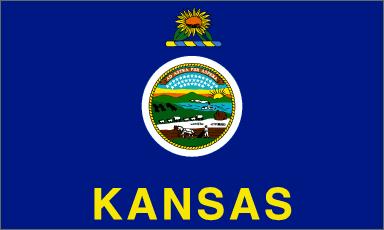


 
|
 |
|||
Veterans |
How to Prepare Hides for the Leather Program PREPARING
THE HIDES FOR SHIPMENT Hides arrive at individual Lodges in various conditions including salted, unsalted, frozen, dry, dirty and in a variety of containers such as boxes or plastic bags. Sometimes they are simply rolled and tied. If hides have already begun to spoil, they cannot be used. Good hides need to be immediately thawed, spread, cleaned and salted in the following manner: The equipment and material required to prepare hides for storage and shipment are relatively inexpensive and if not already available, may be obtained from local businesses as donations. Otherwise, they may be purchased for a nominal amount. Hides can be salted on the ground, a clean surface or you may want to use a locally manufactured table. These can be made of barrels or saw horses and plywood. A container of fine table salt or livestock salt (rock salt will not work) will be needed. You will also need a sharp knife for removing excess fat, flesh, tails and tags. ”Kitty litter” or sawdust under the loaded pallets will absorb much of the remaining juices and odor. Your thoughtfulness will also be appreciated by the truck driver. Clean up around the salting area is fairly easy. Surgical rubber gloves and old clothing will keep this process safer and more sanitary. If only a few hides are being prepared for shipment, plastic or cardboard barrels are acceptable. Palletizing of large quantities is preferred as it helps facilitate the quick loading of commercial trucks with the least amount of manpower. This also results in lower transportation costs. Before being salted, the hide must be examined carefully to determine if it is still good. Spoiled hides can be identified by a peculiar odor, discoloration and if the hair begins to pull away from the hide easily. This means the hide is worthless and should be discarded. Be very careful when processing hides. Avoid cutting even the smallest holes with a knife. All holes, bullets, arrows or just careless trimming will increase several times when the hides are processed at the tannery. Most tannery equipment stretches the hides and thereby increases the hole sizes. These holes can often change the quality hide into a barely useable one. A quality piece of leather will have very few holes, blemishes or scratches and can be used by the veterans for almost any type of project. Before salting the hide,
excess fat, flesh and the tail should be removed and discarded. Once
this is done, fine table salt should be applied over all of the fleshy
surface. A small animal will require four to five pounds of salt. A
larger animal, such as a cow or an elk, might require as much as twelve
pounds of salt. After putting on rubber gloves, the salt should be thoroughly rubbed into all fleshy areas of the hide. Areas not salted will allow bacteria to develop and spread throughout the hide. The juices of the hide will mix with the salt and create a brine that will prevent bacteria growth. When salting is completed,
the edges of the hide should be folded in four to six inches to keep
the moisture inside. This will keep the hides soft and pliable until
they reach the tannery. Be sure to square up the pallet. This will facilitate the loading of the hides onto the commercial trucks with fork-lifts. In this regard, care should be taken to not overload the pallets to the point that the fork lift cannot get under the pallet to lift the hides. Most commercial truck lines
will require that the pallets be wrapped with shrink wrap. The Elks National Veterans Service Commission will pay the expenses for the transporting of salted hides from pre-designated State collection points to the tanneries. It will also cover the expense of tanning these hides. POINTS TO REMEMBER
|
Information |
|
| QUICK LINKS | |||||
| FAQ Photo Gallery State Major Project Links Calendar |
Lodges The Beginning Membership Become An Elk News |
Presidents Welcome Convention Leadership Seminar |
Presidents
Committees 1st VP Committees 2nd VP Committees Ladies Committees |
KEA Officers GL Officers Ladies Officers Site Map |
|
Make
comments to: Webmaster ©
Kansas Elks Association, 2009 All Rights Reserved |
|||||